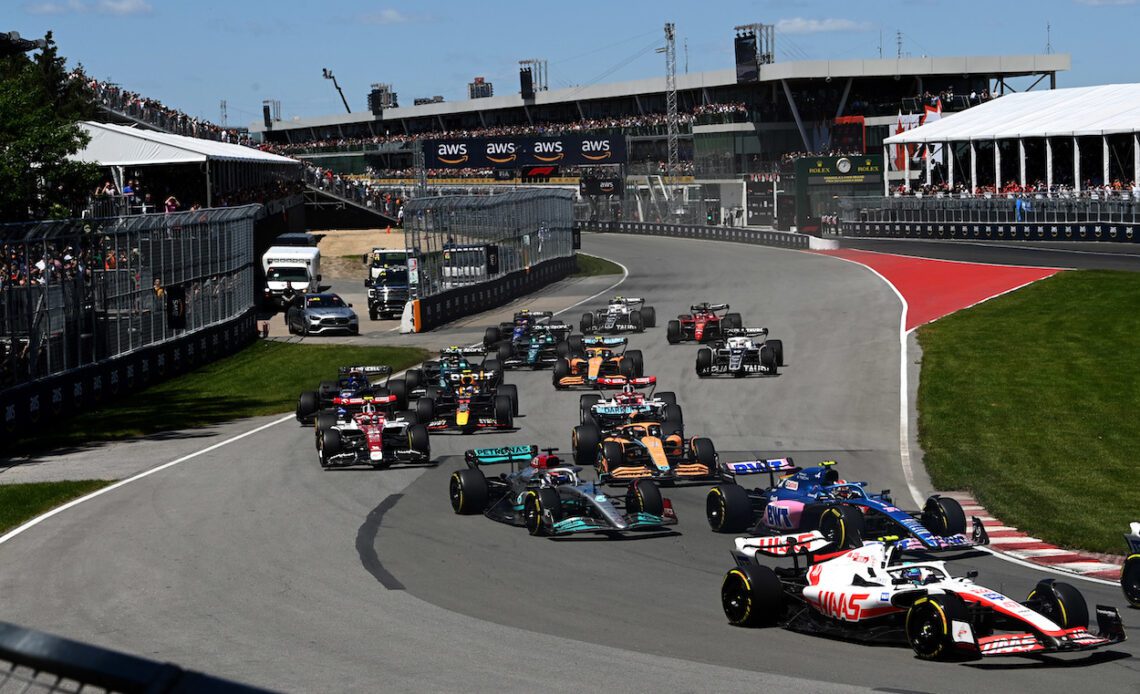The 2022 Formula One season started with the Bahrain Grand Prix on 20th March, with 20 newly designed cars lined up on the grid. Red Bull started as favourites, but in truth, no one really knew what to expect at the Bahrain International Circuit, as the impact of extensive new regulations was yet to be tested under race conditions.
Click here to subscribe to our print edition!
Why The Regulations Changed
When the FIA, the sport’s governing body, first set out to rewrite the technical regulations, they had one aim. To increase overtaking and create more wheel-to-wheel, high-speed racing for fans to enjoy.
Other factors were also addressed, such as costs, environmental impact, and creating a more level playing field for all teams. But overtaking was the overriding consideration for regulators, keen to maintain Formula One’s status as the number one global motorsport.
Previous years have seen drivers stuck behind slower cars for lap after lap, unable to overtake due to ‘dirty air’ reducing their cars’ performance. The closer cars got to the car in front, the greater the loss of downforce and performance, reducing their ability to race.
The new regulations are designed to create a car that retains as much downforce as possible while following another car, creating more opportunities for overtakes and more exciting racing.
Have The New Regulations Worked?
While it’s still early in the season, it’s safe to say that if the racing we’ve witnessed so far is anything to go by, the regulations are definitely having an impact. Races are closer, overtakes are more frequent and predicting a winner is harder than ever before – which is great if you’re a fan of sports betting.
While the current World Champion, Max Verstappen, leads this year’s Championship, race wins have been spread around multiple drivers. Maiden Grand Prix wins for Red Bull’s Sergio Perez and Ferrari’s Carlos Sainz, highlighting a levelling of the playing field to some extent.
The British Grand Prix, Silverstone
The greatest example of the regulations doing their job was the British Grand Prix at Silverstone. While crashes, breakdowns and safety cars added to the excitement, the last 20 laps were some of the most memorable in a Grand Prix for a long time.
A four-way scrap featuring Mercedes rejuvenated Lewis Hamilton, Red Bull’s Sergio…
Click Here to Read the Full Original Article at Paddock Magazine…

